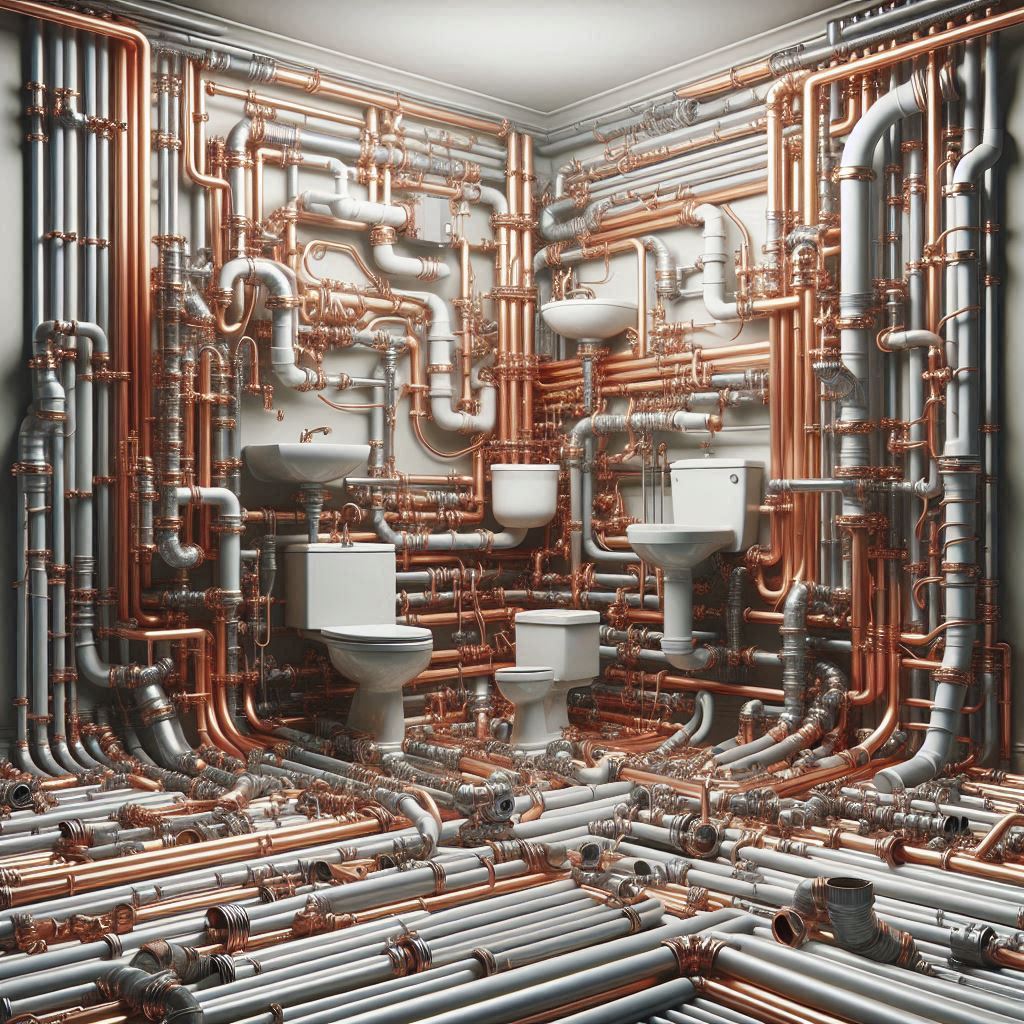Septic systems are a critical component for homes located in areas without centralized sewage services, providing effective wastewater treatment on-site. In the Texas Hill Country, aerobic septic systems with spray heads are commonly used due to the region’s soil conditions and terrain. Here’s an overview of various septic system types, along with the benefits and considerations of aerobic systems in the Texas Hill Country.
Types of Septic Systems
- Conventional Gravity Systems
- The most basic system relies on gravity to move wastewater from the home into a septic tank, where it separates into solids, oils, and treated wastewater, known as effluent. The effluent then flows into a drain field, where it filters naturally through soil. This type works best in areas with deep, well-drained soils and is relatively low maintenance and cost-effective.
- Pressure Distribution Systems
- Pressure distribution systems work similarly to conventional systems but use a pump to distribute wastewater more evenly across the drain field. These are beneficial in areas where soil depth or quality varies, as they ensure wastewater treatment is consistent across the field.
- Mound Systems
- Mound systems are an alternative when soil conditions make standard drain fields ineffective, such as shallow soil over bedrock. The system pumps effluent into a constructed sand mound, allowing for enhanced treatment before it reaches natural soil. However, they’re costlier to install and require ongoing maintenance.
- Aerobic Treatment Units (ATUs)
- Aerobic systems add oxygen to the treatment process, which increases bacterial activity and enhances wastewater breakdown. Aerobic Treatment Units typically include multiple compartments, an air pump, and spray heads that distribute treated effluent over the soil surface. These systems are ideal for areas with shallow or rocky soils, making them a popular choice in the Texas Hill Country.
Why Aerobic Systems Are Preferred in the Texas Hill Country
The Texas Hill Country’s unique characteristics—rocky terrain, shallow soils, and limited natural drainage—make aerobic systems with spray heads a better choice than conventional septic systems in this region. Here’s why:
- Soil Conditions and Terrain
Texas Hill Country has large sections of shallow, rocky, or impermeable soil, making it difficult for effluent to filter naturally through the ground in traditional systems. Aerobic systems treat wastewater more thoroughly, allowing it to be dispersed on the surface via spray heads, where it can evaporate or absorb without relying on the soil’s depth. - Enhanced Wastewater Treatment
The increased oxygen levels in aerobic systems enable beneficial bacteria to break down solids and contaminants more effectively. This higher treatment standard is important in areas near watersheds, as untreated or poorly treated effluent can threaten local water sources. - Water Conservation and Absorption
With Texas’s variable climate, water conservation is essential. Aerobic systems with spray heads disperse treated effluent onto the ground in a controlled way, sometimes doubling as irrigation for grasses or landscape plants. It’s a win-win, as treated water serves both waste disposal and landscape needs in a region that often experiences dry spells. - Cost and Regulatory Requirements
In Texas, many counties have regulations regarding septic system types based on environmental impact. Aerobic systems meet the state’s high standards for treating wastewater, making it easier for homeowners to get necessary permits. While more costly upfront due to additional components and maintenance requirements, these systems are often mandated to protect natural resources.
Maintenance and Considerations
Aerobic systems require regular upkeep to function correctly, as components like the air pump, aerator, and spray heads can wear out. Homeowners must be prepared for ongoing maintenance costs, including regular inspections and chlorine tablet replacements (for systems using chlorination). Additionally, overuse of chemicals or non-biodegradable products can disrupt the bacteria needed for aerobic treatment, so users must be mindful of what they flush or drain.

Conclusion
Aerobic septic systems with spray heads are well-suited to the Texas Hill Country due to their effective wastewater treatment, adaptability to challenging soil conditions, and alignment with environmental regulations. While they require more maintenance and initial investment, the benefits they provide in protecting local ecosystems and ensuring safe wastewater disposal make them a preferred choice for custom homes in the region.
